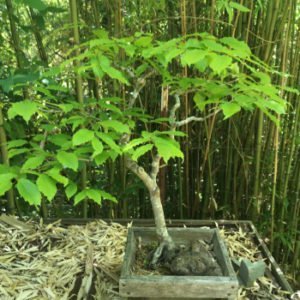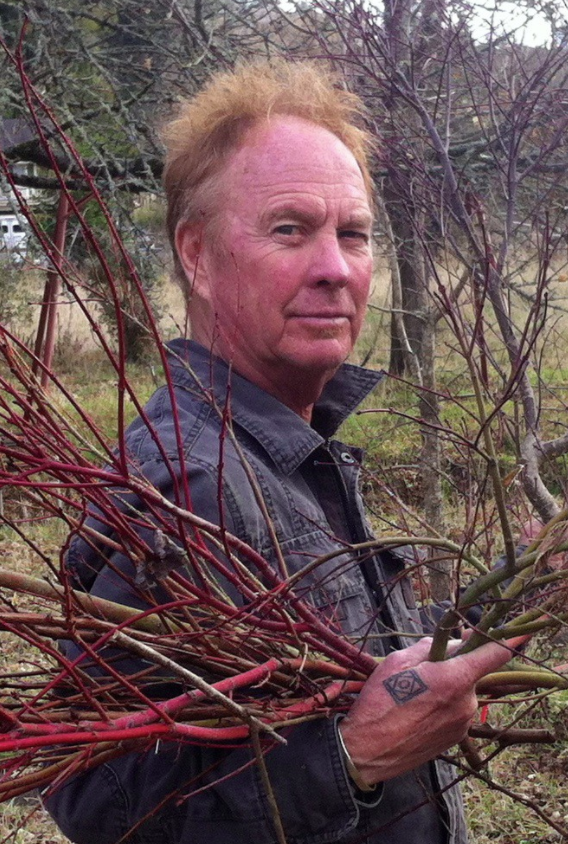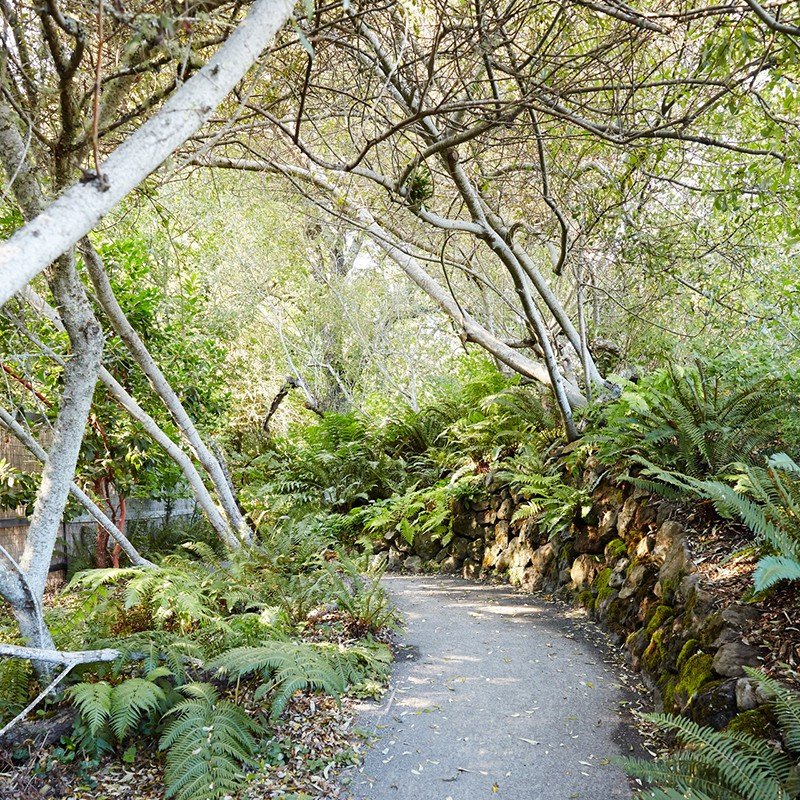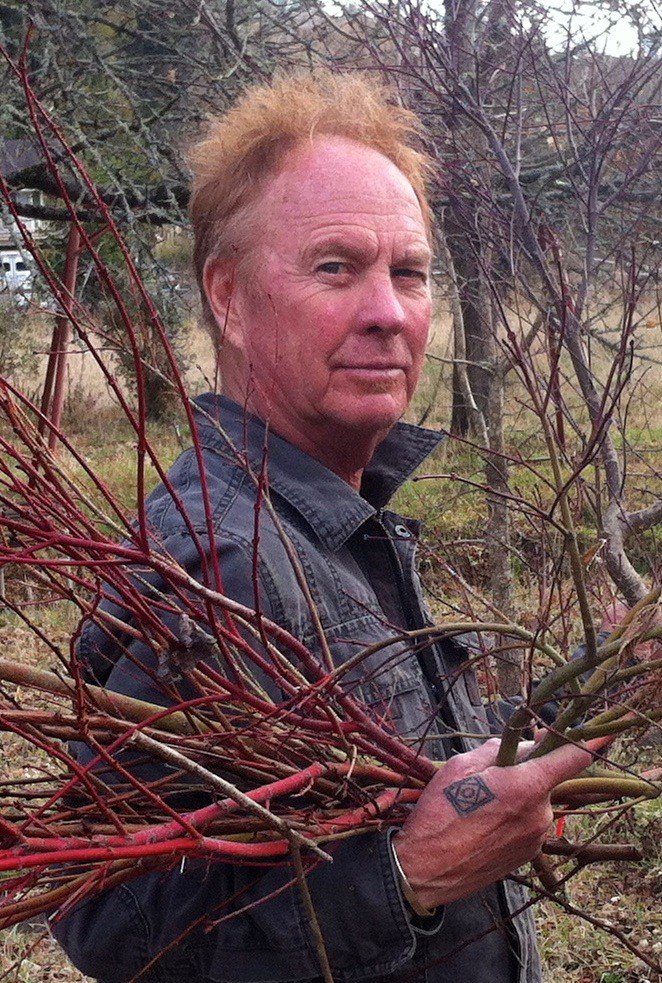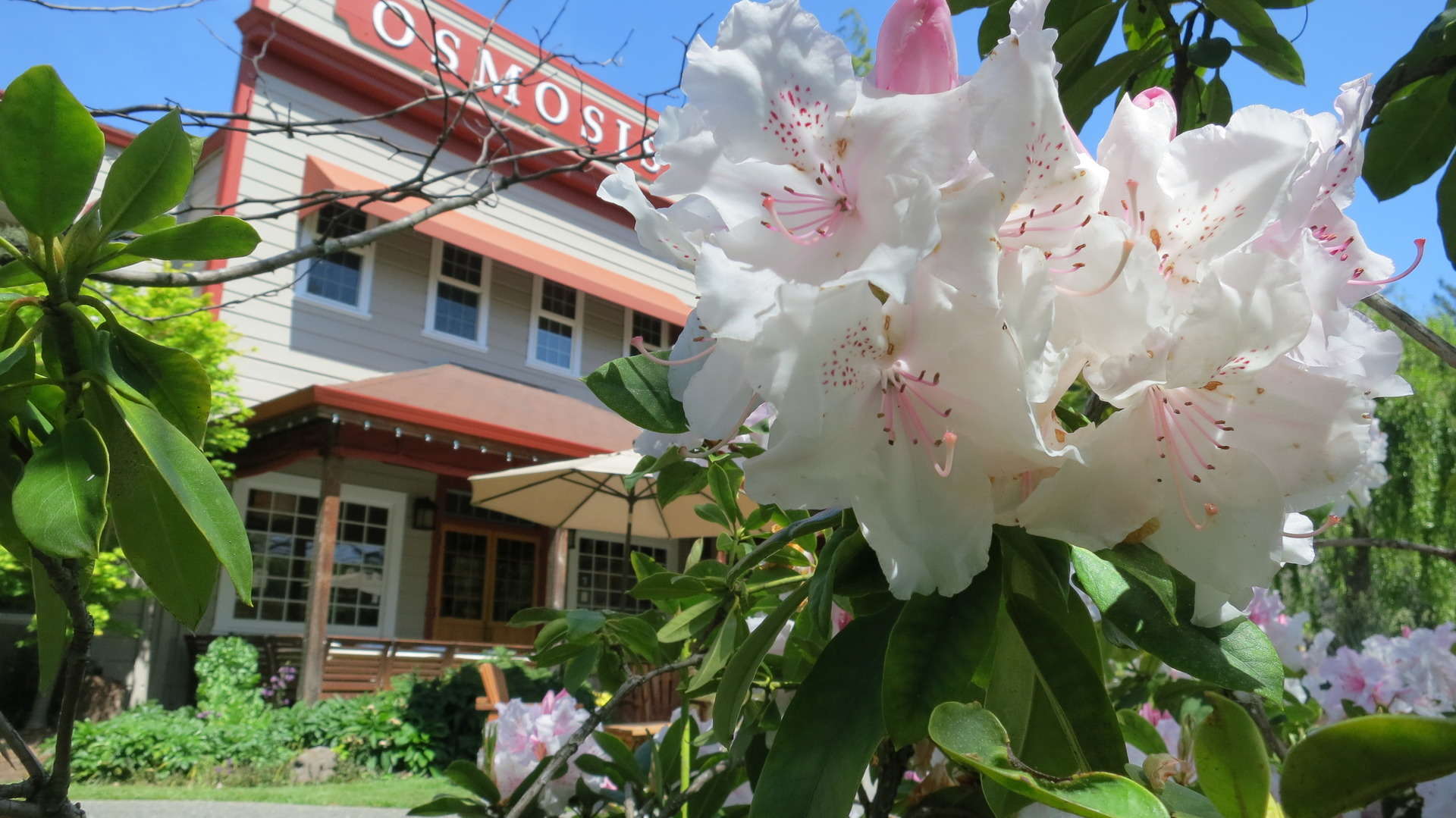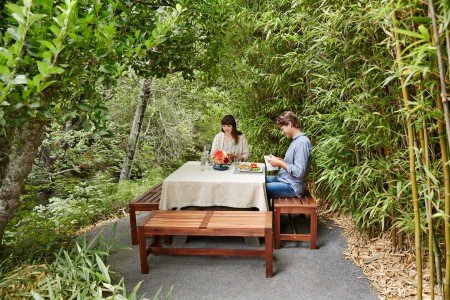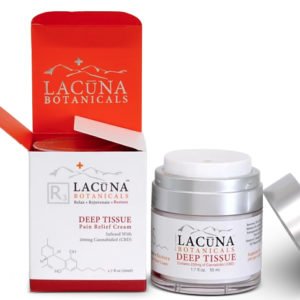The Art of Watering
By Michael Alliger, Master Pruner
Summer’s here in Sonoma County California and the rains have stopped. This means it’s time to water. Since water is increasingly precious it’s important to use it to best effect. My pruning mentor Dennis Makishima enlivened in me the love of growing trees in containers and it was he who said, “Watering is an art”. Those words changed me forever, remaking what might have been a mindless routine into a conscious relational act bordering on spiritual. As I came to understand it watering is a complex, intriguing aspect of plant care.
Over-Watering
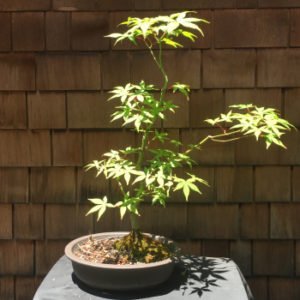 Effective watering depends on a plant’s needs, soil composition, sun and wind exposure, and temperature. A recurring concern is how much water and how often. Over-watering is especially problematic since we generally don’t see the effects until it’s too late with no remedy short of re-potting. To avoid this dilemma we learn from bonsai artists to use soil mix that is virtually without organic matter consisting only of drainage material. Most bagged potting mixes have high levels of humus, compost, etc. which retain water in such varying and unknown quantities that accurate assessment of soil moisture is difficult. Using the high drainage formula allows excess water to drain immediately. While eliminating the fear of over-watering this mix also means we must guard against drying out. So a regular seasonal schedule of watering is required. To help gauge soil moisture an inexpensive hydrometer may be available at local hardware stores or nurseries. In the absence of a hydrometer, a quick check of water retention can be done by lifting the container (when possible) to judge weight. A light container likely means it’s time to water. A plant that has seriously dried out can be dunked in a bucket of water; holding the soil level below water will elicit bubbles as air spaces are filled with water. Remove the container and water runs out to proper level. Another aspect of humus-free mix is that fertilizing is up to us. Proper fertilizing is an art unto itself and too lengthy a discussion for the current effort. Stay tuned.
Effective watering depends on a plant’s needs, soil composition, sun and wind exposure, and temperature. A recurring concern is how much water and how often. Over-watering is especially problematic since we generally don’t see the effects until it’s too late with no remedy short of re-potting. To avoid this dilemma we learn from bonsai artists to use soil mix that is virtually without organic matter consisting only of drainage material. Most bagged potting mixes have high levels of humus, compost, etc. which retain water in such varying and unknown quantities that accurate assessment of soil moisture is difficult. Using the high drainage formula allows excess water to drain immediately. While eliminating the fear of over-watering this mix also means we must guard against drying out. So a regular seasonal schedule of watering is required. To help gauge soil moisture an inexpensive hydrometer may be available at local hardware stores or nurseries. In the absence of a hydrometer, a quick check of water retention can be done by lifting the container (when possible) to judge weight. A light container likely means it’s time to water. A plant that has seriously dried out can be dunked in a bucket of water; holding the soil level below water will elicit bubbles as air spaces are filled with water. Remove the container and water runs out to proper level. Another aspect of humus-free mix is that fertilizing is up to us. Proper fertilizing is an art unto itself and too lengthy a discussion for the current effort. Stay tuned.
Hose-end hand watering is best with a gently showering nozzle. This implement avoids splash-out of soil while freshening foliage without damage.
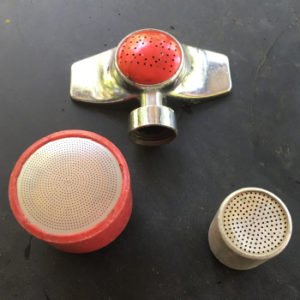
In-Ground Plants
Most considerations for watering containers are applicable to watering in-ground plants. While clearly we are not responsible for overall soil conditions in our garden (e.g. loamy, clayey, sandy) amending that soil is critical. Adding humus-y composted material is almost always a good idea. It adds nutrients, aerates, and paradoxically improves both drainage and water retention. Hand-watering (holding a hose in hand) is generally ineffective for getting water to the roots of all but the slightest of bedding plants. For trees and shrubs a simple inexpensive sprinkler does the job nicely, especially when combined with a calendar and a standard household timer. For most trees, it’s best to water infrequently and deeply: every 3 to 4 weeks; 45 minutes; shrubs 20-30 minutes. Native plants may require less water, but please remember that drought “tolerant” plants may actually do somewhat better with slightly more water. Careful experimentation is the key. Established trees and shrubs should be watered out to the drip line (foliage circumference) as this is where the feeder roots grow. Watering at the trunk is largely ineffective. Newly planted specimens should be watered so as to encourage roots to spread out.
Drip Irrigation
Regarding drip irrigation, there are pros and cons with both containers and in-ground gardens. On the plus side, drip allows us to water without being present and it can be automated. It helps sustain life, especially with initial planting. On the other hand, while seemingly carefree drip irrigation requires regular attention. We must examine emitters for location and potential clogging due to soil and bugs. Tubing should be checked for leaks, disconnects and kinks. Also, dissemination of water is limited by emitters (narrow gravity-driven trajectory) and sprayers rarely get deep enough. In addition emitters are rated at gallons per hour and it’s unusual to see a system set for more than 15 to 20 minutes. This might be ok for bedding plants but has little effect on trees and shrubs. Just as we water the newly planted increasingly toward the drip line, drip emitters must be periodically moved outward to accommodate spreading roots.
